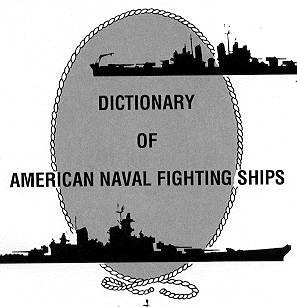 | |
| History | |
|---|---|
| Name: | Accentor |
| Namesake: | Accentor |
| Builder: | W. A. Robinson, Inc., Ipswich, Massachusetts |
| Laid down: | 21 January 1941 |
| Launched: | 10 May 1941 |
| Commissioned: | 24 July 1941 |
| Decommissioned: | 1 September 1942 |
| In service: | 1 September 1942 |
| Out of service: | 14 June 1946 |
| Struck: | 3 July 1946 |
| Identification: |
|
| Fate: | Unknown |
| Status: | Sold as surplus, October 1946 |
| General characteristics | |
| Class and type: | Accentor-class minesweeper |
| Displacement: | 221 long tons (225 t) |
| Length: | 97 ft 6 in (29.72 m) |
| Beam: | 22 ft 6 in (6.86 m) |
| Draft: | 8 ft 11 in (2.72 m) |
| Installed power: |
|
| Propulsion: | 1 × screws |
| Speed: | 10 kn (12 mph; 19 km/h) |
| Complement: | 17 |
| Armament: | 2 × .5 in (13 mm) caliber machine guns |
The first USS Accentor (AMc-36) was the lead boat of the Accentor of coastal minesweepers in the service of the United States Navy, named after the accentor bird.

The Accentor-class minesweeper, sometimes called the Accentor/Acme-class minesweeper, was a small minesweeper used by the United States Navy during World War II. The Accentor-class minesweeper was designed for the sweeping of mines in harbors, bays, and other littoral waters.

The United States Navy (USN) is the naval warfare service branch of the United States Armed Forces and one of the seven uniformed services of the United States. It is the largest and most capable navy in the world and it has been estimated that in terms of tonnage of its active battle fleet alone, it is larger than the next 13 navies combined, which includes 11 U.S. allies or partner nations. with the highest combined battle fleet tonnage and the world's largest aircraft carrier fleet, with eleven in service, and two new carriers under construction. With 319,421 personnel on active duty and 99,616 in the Ready Reserve, the Navy is the third largest of the service branches. It has 282 deployable combat vessels and more than 3,700 operational aircraft as of March 2018, making it the second largest and second most powerful air force in the world.
Contents
She was laid down on 21 January 1941 by W. A. Robinson, launched on 10 May 1941, sponsored by Mrs. W. A. Robinson, and commissioned at the Boston Navy Yard on 24 July 1941 with Lt. (jg) Gordon Abbott in command. [1]
Ship commissioning is the act or ceremony of placing a ship in active service, and may be regarded as a particular application of the general concepts and practices of project commissioning. The term is most commonly applied to the placing of a warship in active duty with its country's military forces. The ceremonies involved are often rooted in centuries old naval tradition.

The Boston Navy Yard, originally called the Charlestown Navy Yard and later Boston Naval Shipyard, was one of the oldest shipbuilding facilities in the United States Navy. It was established in 1801 as part of the recent establishment of the new U.S. Department of the Navy in 1798. After 175 years of military service, it was decommissioned as a naval installation on 1 July 1974.
Gordon Allen Abbott was an Australian rules footballer who played with Geelong and Essendon in the Victorian Football League (VFL).










